13 Breathtaking Purple Flowering Trees to Enchant Your Yard
Purple blossoms have an enchanting way of transforming ordinary landscapes into magical outdoor sanctuaries.
Garden enthusiasts and landscape lovers often seek these regal botanical wonders to elevate their yards with vibrant color and natural elegance.
The allure of purple-flowering trees lies in their ability to create dramatic visual statements that capture attention and evoke a sense of wonder and sophistication.
These magnificent trees not only provide stunning aesthetic appeal but also contribute to the overall ecological diversity of residential landscapes.
Their unique flowering characteristics can attract pollinators like butterflies and hummingbirds, making them both beautiful and environmentally beneficial additions to outdoor spaces.
Homeowners searching for remarkable ornamental trees will find these purple-flowering specimens to be exceptional choices that can dramatically enhance the visual appeal of any yard.
The following collection showcases thirteen extraordinary purple-flowering trees that promise to infuse your landscape with unparalleled beauty and charm.
Chaste tree (Vitex agnus-castus)
Magnificent purple flower cones grace gardens as Chaste trees bloom from spring through late summer, making them a stunning landscape addition.
Herbalists have treasured this plant for centuries, recognizing its powerful medicinal qualities.
Hardy shrubs reaching 8 to 20 feet tall adapt beautifully to multiple soil conditions, creating dramatic visual interest.
Aromatic blossoms perfume outdoor spaces with their delightful scent.
Most successful growth occurs in USDA zones 5 to 9, where these resilient plants establish robust root systems.
Winter might cause some dieback in cooler regions, but these determined plants quickly regenerate in spring.
Natural beauty and medicinal potential make Chaste trees an exceptional botanical choice for landscaping enthusiasts.
Crape Myrtle (Lagerstroemia indica)
Crape Myrtle dazzles gardens with spectacular lavender and purple flower clusters that bloom from late spring through fall frost.
Its delicate petals resemble crinkled paper, creating a mesmerizing visual texture that captures attention.
Landscape designers appreciate how Crape Myrtle comes in diverse sizes, from compact dwarf varieties to impressive tall specimens.
Anyone can successfully grow this resilient plant without extensive maintenance requirements.
Native to warm climates, Crape Myrtle becomes a stunning centerpiece in outdoor spaces.
Seasonal color transformations make this tree a dynamic addition to any landscape design.
Natural beauty and low-effort care make Crape Myrtle an irresistible choice for residential and commercial gardens.
Royal Purple Smoke Tree (Cotinus Coggygria)
Royal Purple Smoke Trees captivate gardeners with their show-stopping beauty, reaching a compact 10-foot height perfect for smaller landscapes.
Stunning purplish-red leaves transform from spring's initial blush to rich plum-purple tones throughout summer and autumn.
Delicate pinkish-red blooms create an ethereal smoke-like effect with fine seed hairs dancing in sunlight.
Landscape designers appreciate this hardy ornamental for its low-maintenance nature and resilience against common plant problems.
Adaptable roots allow the tree to thrive in diverse soil conditions, making it a versatile choice for many garden styles.
Full sunlight provides optimal growth, encouraging lush foliage and abundant flowering.
Pest resistance ensures the tree remains healthy with minimal intervention.
Texas Mountain Laurel (Dermatophyllum Secundiflorum)
Texas Mountain Laurel enchants gardeners with its stunning purple flower clusters that perfume the air with an irresistible sweet scent.
Native Texans adore this compact tree for its dramatic landscape presence and remarkable resilience in challenging environments.
Drooping blossoms cascade up to six inches long, creating a mesmerizing visual display each spring season.
Evergreen leaves provide a rich, dense backdrop that complements the eye-catching flowers.
Small but mighty, this tree reaches modest heights between 15 and 25 feet, making it perfect for diverse garden spaces.
Alkaline soil conditions in USDA zones 7b through 11 help Mountain Laurels thrive without extensive maintenance.
Natural beauty and robust character define this remarkable Texas native plant.
Dwarf Korean Lilac (Syringa Meyeri Palibin)
Dwarf Korean Lilac trees captivate gardeners with their enchanting purple flowers and petite silhouette.
Reaching about 7 feet tall and spreading 4 feet wide, these charming trees make perfect landscape focal points.
Spring brings clusters of fragrant blooms that emerge from delicate violet buds, creating a stunning contrast against deep green foliage.
Native to Korea, this hardy plant flourishes across USDA zones 3 to 7 with minimal maintenance.
Its adaptability shines through its tolerance for both dry and moist environments.
Landscape designers appreciate how easily it integrates into various garden styles.
Compact and elegant, the tree adds natural beauty to patios, small yards, and urban gardens.
Gardening enthusiasts love how this little tree brings dramatic color and sophisticated charm to outdoor spaces.
Fragrant Lilac (Syringa vulgaris)
Lilac bushes burst with enchanting purple blossoms that mesmerize gardeners and butterfly lovers.
Syringa vulgaris produces intoxicating trumpet-shaped flowers in lavender and deep purple hues during spring and summer months.
These magnificent shrubs reach around 10 feet tall, making them perfect for diverse garden spaces.
Hardy plants thrive in multiple soil conditions across USDA zones 3 to 7, offering incredible versatility for landscaping enthusiasts.
Rich green foliage creates a stunning backdrop for the delicate, fragrant clusters of petals.
Pollinators flock to these magical plants, bringing additional movement and life to outdoor spaces.
Spectacular lilac blooms transform any landscape into a sensory paradise that delights both human and insect visitors.
Jacaranda tree (Jacaranda mimosifolia)
Jacaranda trees burst with mesmerizing lavender-blue flowers during late spring and early summer, creating a breathtaking display in landscapes.
Native to warm regions like Brazil, these majestic plants can grow up to 66 feet tall with expansive branches that form elegant natural canopies.
Sunlight and well-drained soil help them flourish most successfully in USDA zones 10 and 11.
Their delicate blossoms release a subtle, enchanting fragrance that transforms outdoor spaces into magical environments.
Graceful limbs spread wide, offering shade and visual drama to streets and gardens.
Landscape designers love incorporating these trees for their dramatic impact and natural beauty.
Southern California and parts of Australia showcase spectacular Jacaranda displays that draw admirers from everywhere.
Silk Floss Tree (Ceiba Speciosa)
South America's majestic Silk Floss tree captures attention with its towering presence, reaching up to 60 feet tall and spreading an umbrella-like canopy that offers generous shade.
Dramatic defense mechanisms include sharp conical prickles covering its trunk and branches, warning off potential threats from animals and requiring careful navigation around children and pets.
Spectacular fall flowers create a mesmerizing display with delicate five-petal blooms sporting creamy-white centers and pinkish-purple edges that draw the eye.
Native to tropical and subtropical forests, this ornamental marvel thrives in USDA zones 9 to 11, demonstrating remarkable resilience in full sun and well-drained soil.
Drought-resistant qualities make it an exceptional landscape choice for gardeners seeking low-maintenance beauty.
Its unique structure and natural armor set it apart from typical landscape trees.
Royal Empress Tree (Paulownia Tomentosa)
Royal Empress trees burst with clusters of delicate light-purple flowers that captivate anyone who sees them.
Native to Eastern Asia, these trees honor Russian princess Anna Paulowna with their elegant presence.
Massive green leaves create a luxurious canopy that provides rich visual texture to landscapes.
Gardens in USDA zones 5 to 9 offer perfect conditions for this speedy grower.
Adaptable roots thrive in multiple soil environments, making the tree a versatile landscaping choice.
Local gardening guidelines might restrict planting due to the tree's aggressive growth pattern.
Deciduous characteristics mean seasonal changes will highlight its dramatic beauty.
Careful selection ensures this magnificent tree becomes a stunning focal point for outdoor spaces.
Eastern Redbud tree (Cercis canadensis)
Eastern Redbud trees dazzle landscape lovers with their spectacular spring explosion of pink-purple blossoms cascading along delicate branches.
Small to medium-sized gardens welcome this charming native species that reaches heights up to 30 feet with graceful dwarf options for compact spaces.
Distinctive heart-shaped leaves in deep burgundy create dramatic visual contrast against the tree's unique low-splitting trunk design.
Landscape enthusiasts appreciate its adaptability to USDA zones 4 through 8, making it a versatile choice for diverse regional gardens.
Purple pods resembling pea clusters emerge after flowering, extending seasonal visual interest.
Water requirements remain consistent to maintain the tree's robust health and vibrant appearance.
Native regions spanning eastern United States provide ideal growing conditions for this remarkable ornamental tree.
Landscape designers and gardening enthusiasts consistently recommend Eastern Redbuds for their stunning aesthetic and low-maintenance characteristics.
Takasago Flowering Cherry (Prunus Sieboldii)
Takasago Flowering Cherry stands out with its lavender purple blossoms that mesmerize viewers from first glance.
Japanese culture celebrates this tree as a symbol of natural beauty and grace.
Reaching impressive heights of 20 feet, its generous branches spread wide while maintaining a compact canopy just two feet above ground.
Delicate rose-like buds unfurl before leaves emerge, releasing a subtle fragrance that enhances its allure.
Native to specific USDA zones 5b through 8a, this cherry variety demands careful placement for optimal growth.
Its unique structure offers landscape designers a remarkable focal point with minimal maintenance requirements.
Distinctive blossoms create a magical display that transforms any outdoor space into a living work of art.
Purple leaf plum (Prunus cerasifera)
Purple Leaf Plum trees create dramatic landscape statements with their stunning deep purple foliage that catches every eye in a garden.
Reaching moderate heights between 15 and 25 feet, these trees offer perfect size for many outdoor spaces.
Springtime reveals delicate white and pale pink blossoms that release enchanting fragrances across landscapes.
Sunlight helps maintain rich purple leaf colors, though trees can tolerate partial shade without losing their dramatic appeal.
Root systems remain relatively compact, making them ideal for smaller yards or decorative border plantings.
Mature trees produce small red fruits by late summer, adding another layer of visual interest.
Water requirements remain moderate, supporting healthy growth with consistent but not excessive moisture.
Purple Orchid Tree (Bauhinia Purpurea)
Purple flowering trees elevate garden landscapes with stunning visual appeal, especially the Purple Orchid tree, which attracts hummingbirds with its enchanting lavender blossoms.
Reaching heights of 17 feet, this butterfly tree adapts beautifully to different soil conditions in USDA zones 9 to 11.
California gardeners love species like Jacaranda for their dramatic color displays and regional resilience.
Southern landscapes, particularly in Florida, embrace multiple purple-flowering options that create breathtaking seasonal color palettes.
Warm climates provide perfect environments for trees like the Silk Floss and Purple Orchid, which bloom prolifically during spring and summer months.
Native tree varieties offer incredible benefits beyond aesthetic beauty, supporting local wildlife and enhancing ecological diversity.
These remarkable plants not only beautify outdoor spaces but also create natural habitats for pollinators and small creatures.

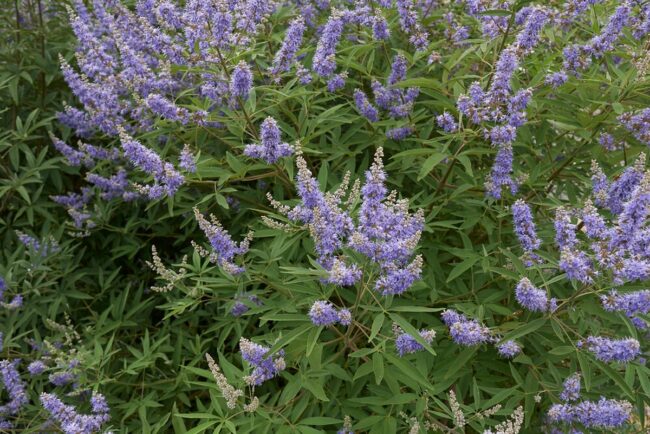
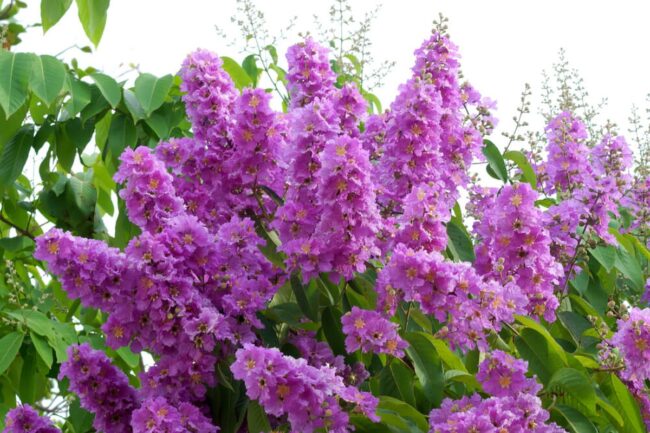
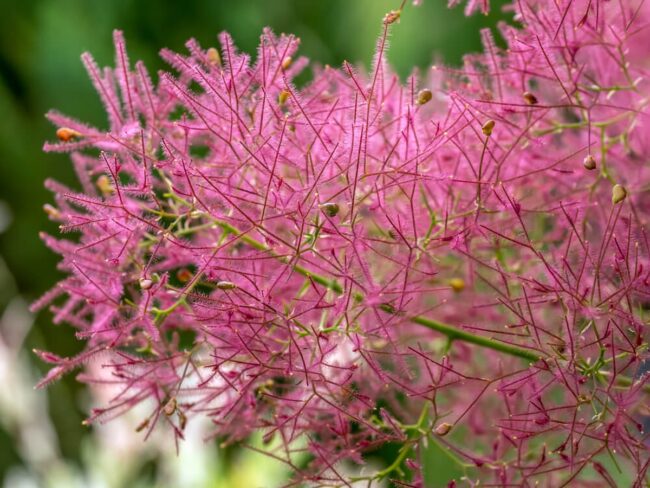
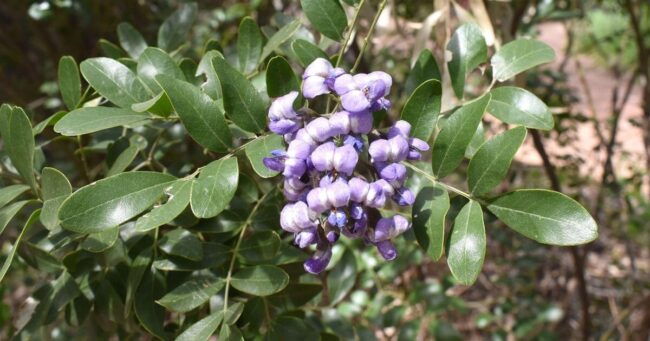
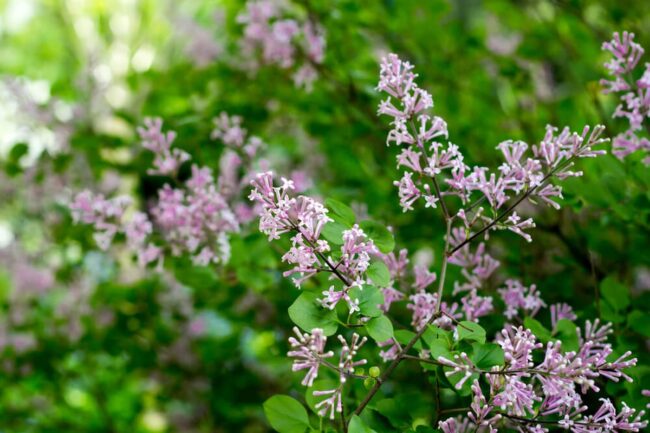
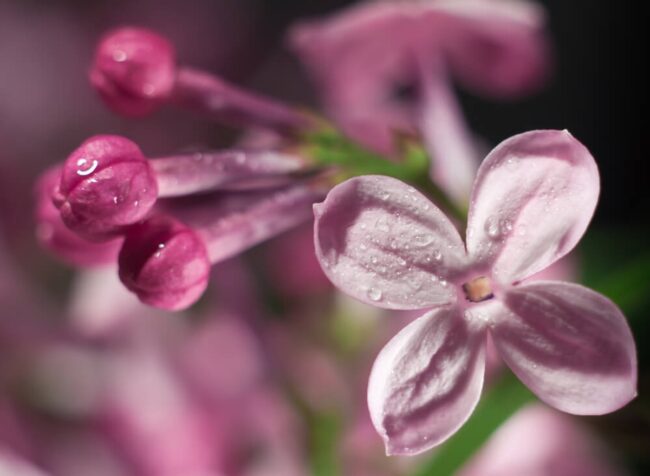
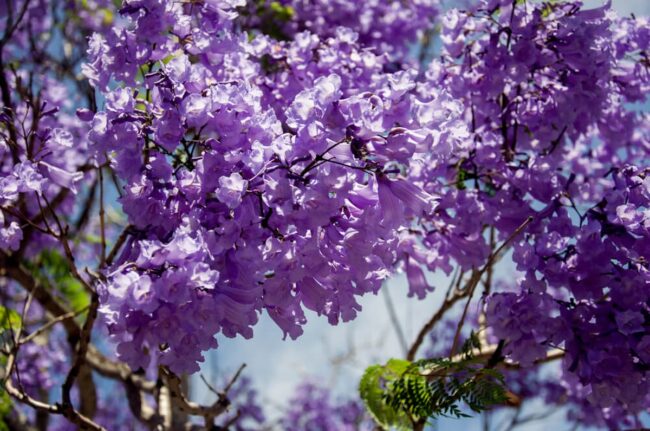
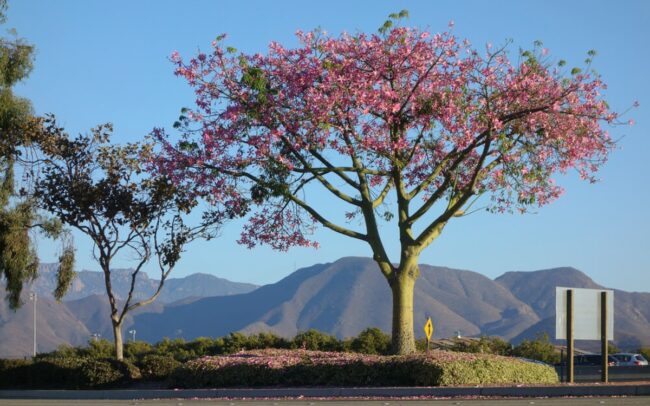
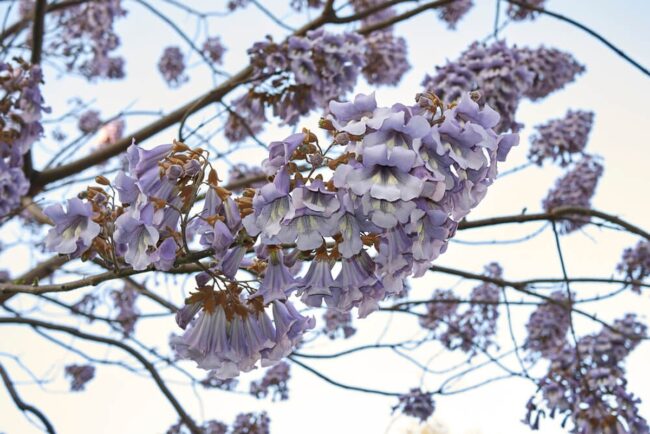
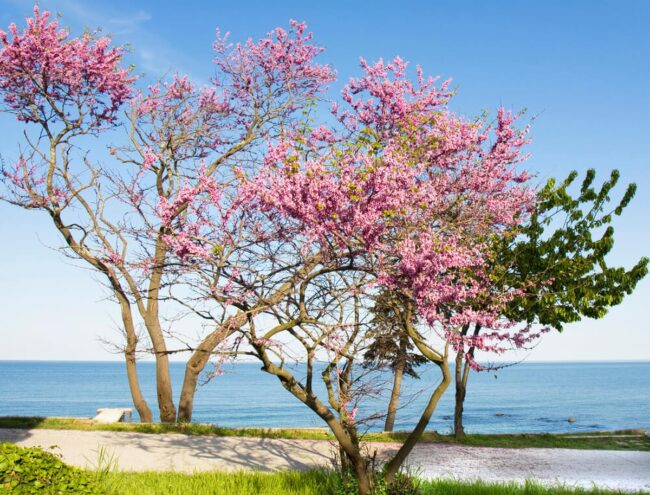
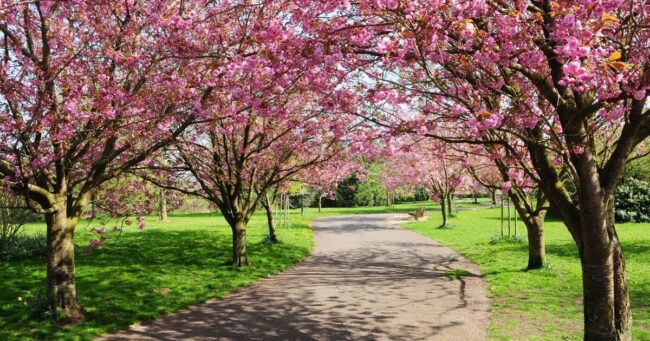
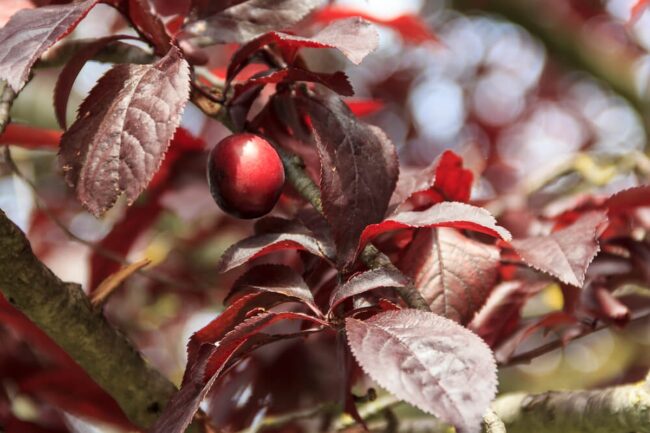
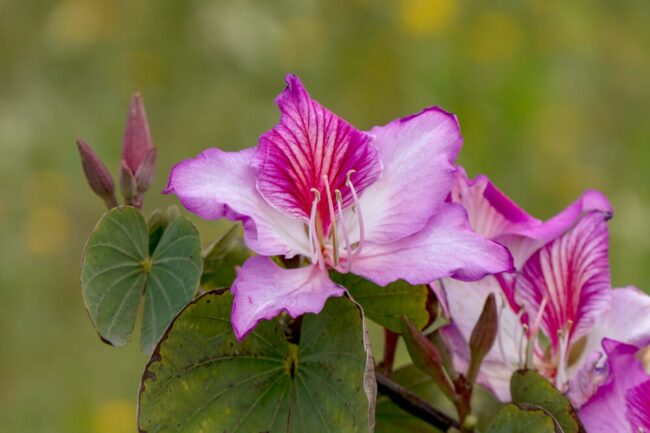
Liam Patel
Senior Editor & DIY Craftsman
Expertise
DIY home decor, interior design, budget-friendly styling, sustainable upcycling, creative crafting, editorial writing
Education
Pratt Institute, Brooklyn, NY
Liam Patel is the Senior Editor at Archeworks.org, where he shares creative DIY and home decor ideas. With a degree in Interior Design and years of experience in home styling, Liam focuses on easy, budget-friendly projects that make spaces personal and beautiful.
Liam’s tutorials, styling tips, and affordable solutions help readers design homes they love. He believes decorating is about self-expression and encourages everyone to embrace the joy of creating.